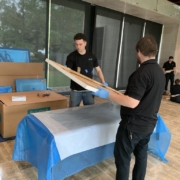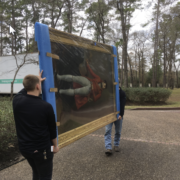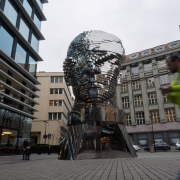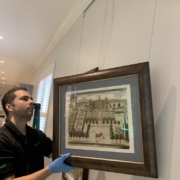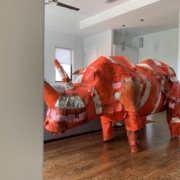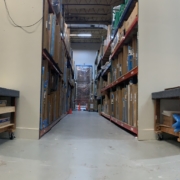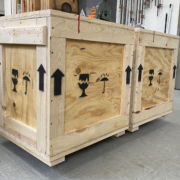A Guide to Safeguarding Art from Water Damage and Heat
Preserving Beauty: A Guide to Safeguarding Art from Water Damage and Heat
Introduction
Art, in all its forms, has the power to captivate, inspire, and evoke emotions. Whether it’s a priceless painting, a delicate sculpture, or a cherished photograph, art deserves to be protected and preserved for future generations to enjoy. One of the greatest threats to art is water damage and heat. In this guide, we will explore the essential steps you can take to safeguard your precious artworks from these potential dangers.
Understanding the Threats: Water Damage and Heat
Water damage and heat are two common culprits that can wreak havoc on artworks. Water can seep into materials, causing warping, swelling, and color distortion. It can also promote the growth of mold and mildew, which not only damages the artwork’s appearance but also poses health risks. On the other hand, excessive heat can lead to fading, cracking, and deterioration of various art mediums, including paint, paper, and textiles.
1. Climate Control is Key
Maintaining a stable environment is crucial for preserving art. Keep your artworks in a controlled climate, ideally between 68-72°F (20-22°C) and 40-50% humidity. Invest in humidity and temperature monitors to ensure that the conditions remain consistent, especially in spaces like galleries, storage rooms, and studios.
2. Proper Framing and Display
Framing your art serves both aesthetic and protective purposes. Choose frames that offer UV-filtering glass to prevent fading caused by direct sunlight. Ensure that the artwork doesn’t touch the glass directly by using mats or spacers. When hanging art, avoid placing it in direct sunlight or near heat sources like radiators and vents.
3. Adequate Ventilation
Proper air circulation helps prevent the buildup of moisture and reduces the risk of mold growth. Avoid storing or displaying artworks in damp, poorly ventilated areas like basements or attics. If you’re using storage containers, opt for ones that are moisture-resistant and allow for some airflow.
4. Disaster-Proof Storage
In case of unexpected water damage, it’s essential to have a disaster plan in place. Elevate your art storage racks to prevent direct contact with the floor in case of flooding. Keep valuable artworks away from pipes, windows, and areas prone to leaks. Consider using waterproof and fire-resistant safes for additional protection.
5. Regular Inspection and Maintenance
Frequently inspect your artworks for any signs of water damage, mold, or heat-related issues. Check for discoloration, warping, or changes in texture. Dusting your artworks regularly not only enhances their appearance but also helps prevent dirt and dust from causing long-term damage.
6. Professional Restoration and Conservation
If you notice any damage or degradation, it’s best to consult professional conservators. Attempting DIY restoration can often worsen the situation. Professional conservators have the expertise and tools to repair and restore artworks while maintaining their integrity.
7. Insurance Coverage
Consider obtaining insurance coverage specifically tailored to artworks. This can provide financial protection in case of accidents, natural disasters, or theft. Review your insurance policy to ensure that it adequately covers water damage and heat-related incidents.
Conclusion
Preserving art from water damage and heat requires a combination of knowledge, vigilance, and proactive measures. By controlling the environment, choosing the right display methods, and investing in proper storage, you can ensure that your artworks remain safe, vibrant, and cherished for years to come. Remember, safeguarding art is not just about protecting physical objects; it’s about preserving the stories, emotions, and cultural significance that art brings to our lives.
Professional art crating
TyArt should be your one-stop destination for all your art shipping needs. We specialize in art installations, crating, storage, transport, displays, and professional picture hanging services in Houston. From slipcases to museum-grade crating, we offer specific crates for your artwork. We transport art both locally and internationally. If you want to get a free estimate on your project, please call us at 713.869.4044. Alternatively, you can also fill out the contact form on our website, and we’ll get in touch with you.

